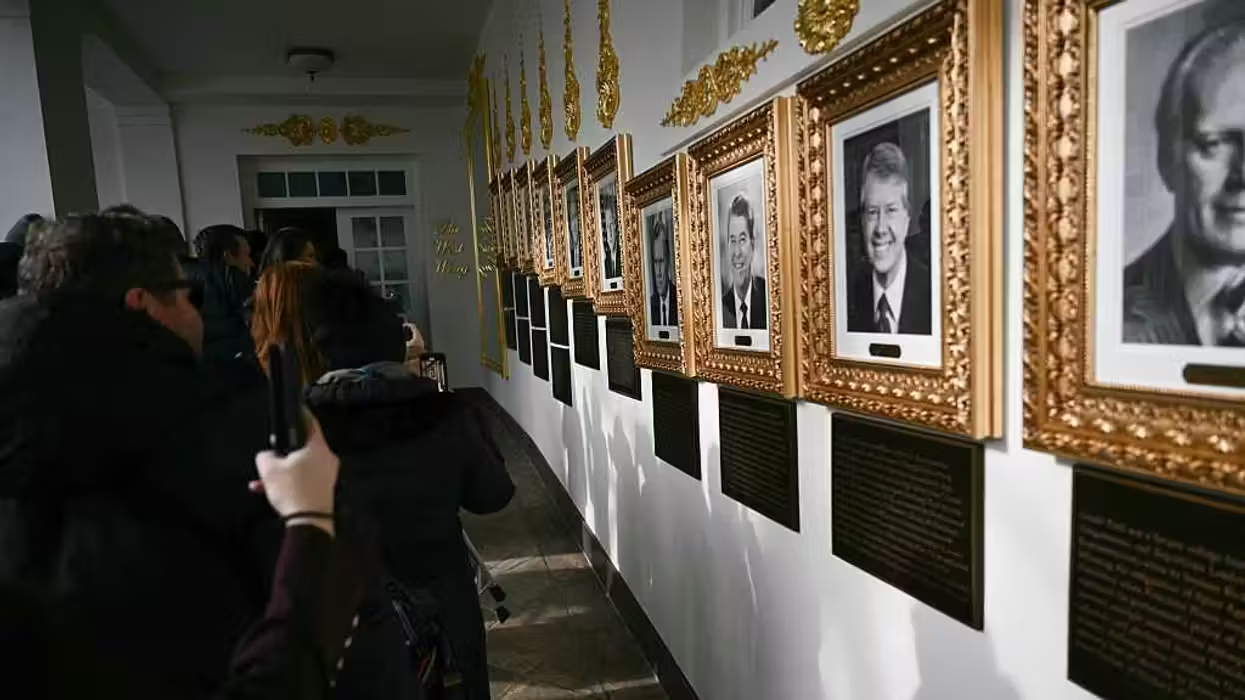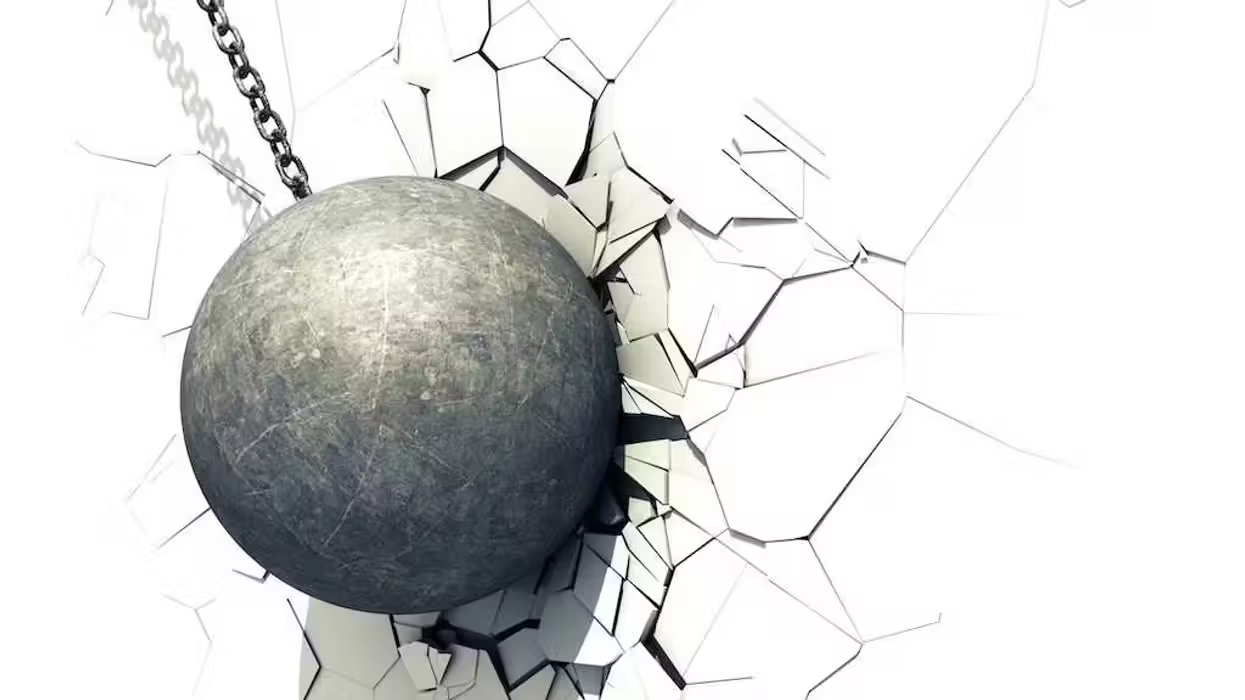PALO ALTO, Calif. (AP) -- Scientists behind a "Doomsday Clock" that measures the likelihood of a global cataclysm are set to announce Tuesday whether civilization is any closer or farther from disaster.
 FILE- In this Jan. 22, 2015, file photo, Climate scientist Richard Somerville, member, Science and Security Board, Bulletin of the Atomic Scientists, right, unveils the new "Doomsday Clock," accompanied by Sivan Kartha, member, Science and Security Board, Bulletin of the Atomic Scientists and senior scientists at the Stockholm Environmental Institute, right. Scientists behind a "Doomsday Clock" that measures the likelihood of a global cataclysm are set to announce Tuesday Jan. 26, 2016, whether civilization is any closer or farther from disaster. (AP Photo/Cliff Owen, File)
FILE- In this Jan. 22, 2015, file photo, Climate scientist Richard Somerville, member, Science and Security Board, Bulletin of the Atomic Scientists, right, unveils the new "Doomsday Clock," accompanied by Sivan Kartha, member, Science and Security Board, Bulletin of the Atomic Scientists and senior scientists at the Stockholm Environmental Institute, right. Scientists behind a "Doomsday Clock" that measures the likelihood of a global cataclysm are set to announce Tuesday Jan. 26, 2016, whether civilization is any closer or farther from disaster. (AP Photo/Cliff Owen, File)
The Bulletin of the Atomic Scientists is expected to unveil the minute hand on the metaphorical clock in Washington, D.C. The clock reflects how vulnerable the world is to catastrophe from nuclear weapons, climate change and new technologies, according to the bulletin.
California Gov. Jerry Brown will join former U.S. Secretary of State George Shultz and former U.S. Secretary of Defense William Perry for a discussion at Stanford University after the unveiling.
The scientists behind the bulletin adjusted the clock from five minutes-to-midnight to three minutes-to-midnight last year, citing climate change, modernization of nuclear weapons and outsized nuclear weapons arsenals as "extraordinary and undeniable threats to the continued existence of humanity."
The minute hand is assessed each year. It has also previously stayed the same and been adjusted in the opposite direction. Most recently in 2010, bulletin scientists cited nuclear talks between the U.S. and Russia and agreement to limit a rise in global temperature for a change from five minutes-to-midnight to six minutes-to-midnight.
This year's clock is expected to consider tensions between the United States and Russia and the recent North Korean nuclear test.
The Bulletin of the Atomic Scientists was founded in 1945 by University of Chicago scientists who helped develop the first atomic weapons. The clock was created two years later, with midnight symbolizing apocalypse.
The decision to move or leave the clock alone is made by the bulletin's science and security board, which includes physicists and environmental scientists from around the world, in consultation with the bulletin's Board of Sponsors, which includes 17 Nobel laureates.
The closest the clock has come to midnight was two minutes away in 1953, when the Soviet Union tested a hydrogen bomb that followed a U.S. hydrogen bomb test.
---

 FILE- In this Jan. 22, 2015, file photo, Climate scientist Richard Somerville, member, Science and Security Board, Bulletin of the Atomic Scientists, right, unveils the new "Doomsday Clock," accompanied by Sivan Kartha, member, Science and Security Board, Bulletin of the Atomic Scientists and senior scientists at the Stockholm Environmental Institute, right. Scientists behind a "Doomsday Clock" that measures the likelihood of a global cataclysm are set to announce Tuesday Jan. 26, 2016, whether civilization is any closer or farther from disaster. (AP Photo/Cliff Owen, File)
FILE- In this Jan. 22, 2015, file photo, Climate scientist Richard Somerville, member, Science and Security Board, Bulletin of the Atomic Scientists, right, unveils the new "Doomsday Clock," accompanied by Sivan Kartha, member, Science and Security Board, Bulletin of the Atomic Scientists and senior scientists at the Stockholm Environmental Institute, right. Scientists behind a "Doomsday Clock" that measures the likelihood of a global cataclysm are set to announce Tuesday Jan. 26, 2016, whether civilization is any closer or farther from disaster. (AP Photo/Cliff Owen, File)






